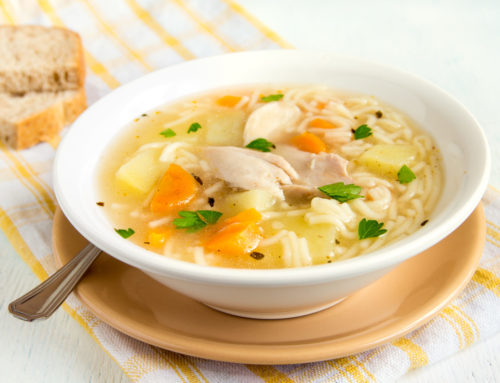With increased consumer interest in clean label foods, some of the questions that may come to consumers’ minds are “what is yeast extract” and “where does it come from?” While food suppliers and producers. While producer’s often highlight the many benefits of using yeast extract in foods such as sodium reduction, providing an umami taste and being vegan/vegetarian friendly, the history of yeast extract is important as well. Knowing that yeast has been around since the 7th century provides the validity and comfort consumers want in their food products. Since yeast extract comes directly from yeast in a natural process, they can feel at ease knowing that humans have been ingesting different forms of yeast for centuries, rather than being a new, trending ingredient that may lose favor down the road.
While yeast was discovered in the 7th century, its versatility was not learned until 1857 with the rise of the brewing industry. The brewing industry learned that alcoholic fermentation is due to the activity of yeast. Beer, distilled beverages, vinegar and more use yeast in the production process but do not label it because the added enzyme is no longer functional in the final product, so it is considered a processing aid rather than an ingredient. As enzyme technology advanced during the 1870s, a way to make yeast extract from brewer’s yeast was discovered and was then combined with meat extract to be sold as food flavoring.
Thanks to this developing technology the use of yeast extract became common in the food industry. Yeast extract can have several types of flavor profiles depending on different factors that influence the type and condition of the yeast used in making yeast extract. In 1902 the first yeast extract company was started in the UK and the commercial product was named Marmite. Here, salt was added to the brewer’s yeast to help produce yeast extract. Around this same time is when we began to see yeast extract appearing on food labels.
All of this led up to the creation of the yeast extract industry. Over time the process has been modified with the invention and addition of newer technology, creating a broad range of yeast extract products for made using baker’s yeast, brewer’s spent yeast or torula yeast, it is these three types of yeast that factor into the differing flavors and mouthfeels of various yeast extract products. However, if you are looking for yeast extract on a food label you will not find brewer’s, baker’s, or torula, but rather, yeast extract or autolyzed yeast extract, all of which refer to the differing processes to the same final product: yeast extract.
Yeast has been used, quite unknowingly at times, in food production for centuries. The continued use of yeast and yeast extract throughout the centuries shows that they continue to be sought out ingredients that are safe for consumer consumption.





